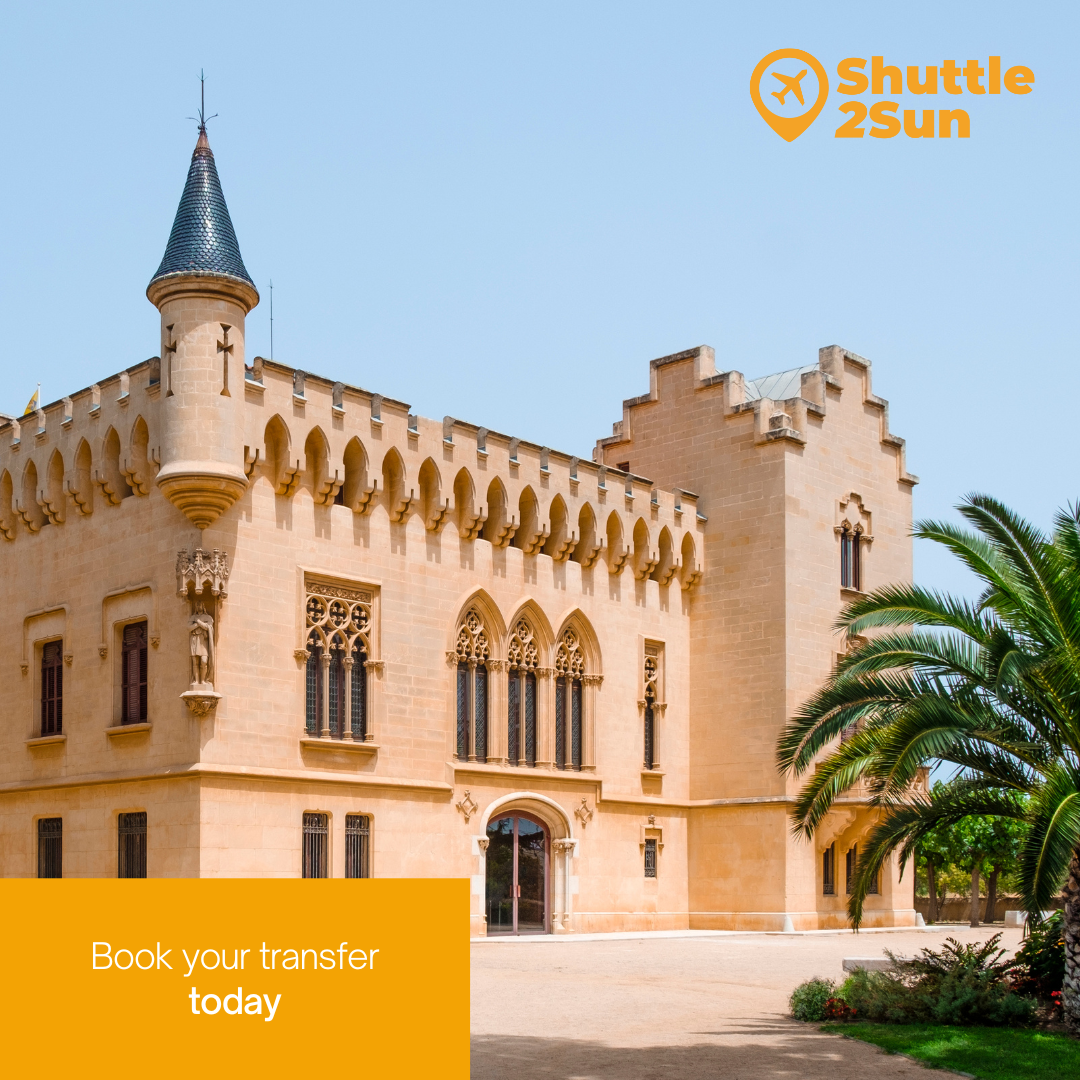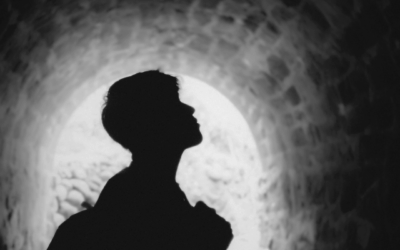In the region of Tarragonès, you will find a hidden town, unknown to many visitors, which is home to an extensive historical heritage worth seeing. It is the town of Vila-seca, made up of three different population centres: the one that bears its name, Vila-seca; along with two others, La Pineda, its most touristy side, as it is bathed by the sea; and La Plana, a small residential area, very close to the city of Reus.
Its magnificent location allows a direct connection with cities such as Tarragona, just 8 kilometres away, and approximately one hour from the Catalan capital, Barcelona. Shuttle2Sun offers its shared transfer services and private transfer services, low-cost and sustainable, so that you can travel to Vila-seca, from Barcelona airport, Barcelona port, Reus airport, Girona airport and Camp de Tarragona AVE train station.
History of the municipality
As we have said, its geographical situation has been recognised as privileged since ancient times. Its name, Vila-seca, formerly Villassica, means ‘village of the road‘, and its origin dates to the pre-Roman period, specifically, to the time when the Iberian and Celtic populations existed, and who chose the territory of the town as a settlement.
With the arrival of the Roman Empire in Catalonia, the colony of Tarraco was founded, whose natural harbour was very close to Platja del Racó, now part of the municipality of La Pineda.
During the Middle Ages, when the Spanish territory was divided between Christians and Muslims, one of the most important actions was the repopulation of Camp de Tarragona, as well as the liberation of the noble admiral Galcerán de Pinós, who had been a prisoner of the Saracen pirates, in the 12th century, a time when it was also possible to avoid the delivery of the Hundred Maidens of the Rescue, as a request from the Moorish king of Almeria for the liberation of Galcerán de Pinós, according to the legends.
Nowadays, we can find this character represented in the Gegants, a very characteristic element of Catalan culture. He is always accompanied by the Maid of the Rescue, representing the hundred maidens of the legend. Both are the work of the artist Ramon Ferran.

From the 16th century onwards, walls and watchtowers and defence towers were built because of the many pirate attacks that the town suffered during that period. It was not until after the War of Succession that the population experienced a great demographic increase, extending beyond the walls, as well as an increase in the importance of agriculture in the town’s economy.
The Castle of Vila-seca
One of the most important places of interest in the town is Castell dels Comtes de Sicart in Vila-seca, whose aesthetics have undergone major changes over the centuries. The first vestige of this great structure is the Olzina Tower, dating from the 12th century and owned by the first feudal lord of Vila-seca, Ramon d’Olzina.
In 1899, Isidre de Sicart i Torrents acquired the building and its surroundings, converting it into the castle we find today, in neo-Gothic style. Its facilities can be visited and have several temporary art exhibitions.
Remember that Shuttle2Sun offers its shared transfer services and private transfer services, low-cost and sustainable, to get to Vila-seca, from Barcelona airport, Barcelona port, Reus airport, Girona airport and Camp de Tarragona AVE train station.

The ‘Celler’, a great project for the heritage of Vila-seca
Very close to the castle is the ‘Celler’, designed by the architect Pere Domènech i Roura in 1919 to serve as the winery of the town’s Agricultural Cooperative. Its twentieth-century style stands in a majestic structure that takes us back to that time, when the grapes were pressed inside.
The building has recently been completely restored to house a museum that highlights the agricultural history of this town, and to dedicate this space to various cultural activities. The new building has a surface area of 3,150 m², which is divided into two different floors.
Church of Sant Esteve and Sanctuary of Mare de Déu de la Pineda
This town has two spaces dedicated to worship. On the one hand, in the municipality of Vila-seca, is the parish church of Sant Esteve, dedicated to the saint that bears his name, who, according to legend, helped Galcerán de Pinós to be freed. This church, with a single nave, is Renaissance and Gothic in style. It is located in Plaça de l’Església.
On the other hand, on the road from Raval de la Mar, towards La Pineda, you will find the Sanctuary of Mare de Déu de la Pineda, initially built in the 13th century and rebuilt in the 18th century. This place of worship is mainly known for the processions that take place on Easter Monday.
Other key elements
As mentioned above, Vila-seca built two walls and several defence towers during the Middle Ages, of which there are still some remains. For example, Portal de Sant Antoni, which formed part of the second perimeter of the wall and gave access to Raval de la Mar, in the direction to the sea.
Also worth mentioning are Torre de la Tuies del Cafè, Torre de l’Abadia, Torre de l’Ardiaca and Torre del Delme. All of them were part of the walled enclosure and are still in a good state of conservation. Near the sanctuary of the Mare de Déu de la Pineda, there is also Torre d’en Dolça, which was used to watch out for the presence of pirates and looters. It is currently surrounded by a magnificent open-air park.
Also not to be missed are Creu de la Beguda, which used to mark the town’s boundaries; Piló del Rescat de Sant Esteve, in memory of the legend of the Hundred Maidens; and the sculptural groups ‘Pineda‘ and ‘Marca d’aigua‘, both in the centre of La Pineda.
Don’t think twice and visit the town of Vila-seca! Shuttle2Sun offers its shared transfer services and private transfer services, low-cost and sustainable, to get to this town from Barcelona airport, Barcelona port, Reus airport, Girona airport and Camp de Tarragona AVE train station.



